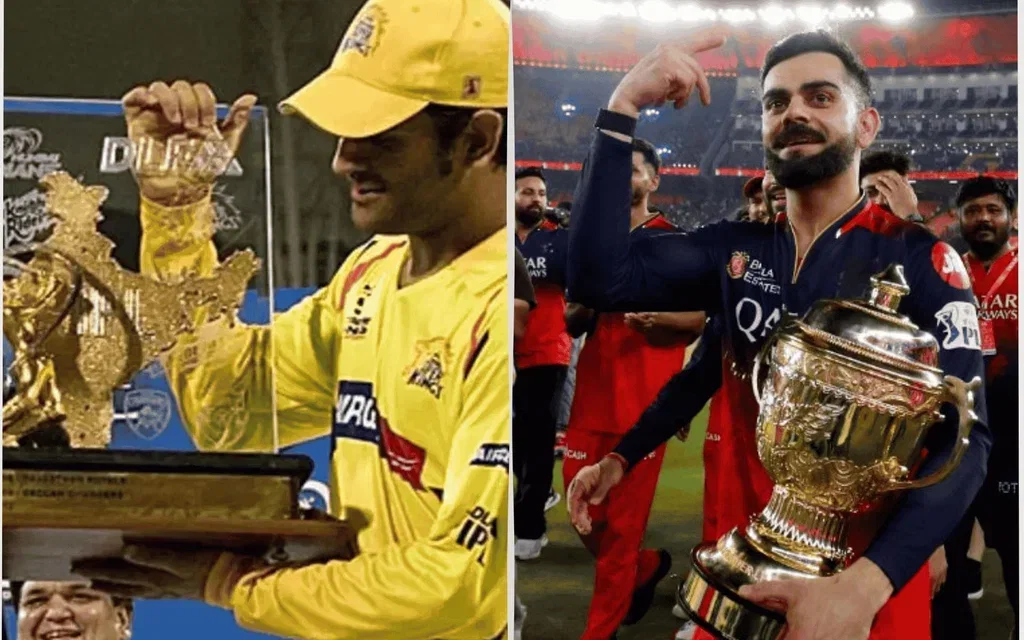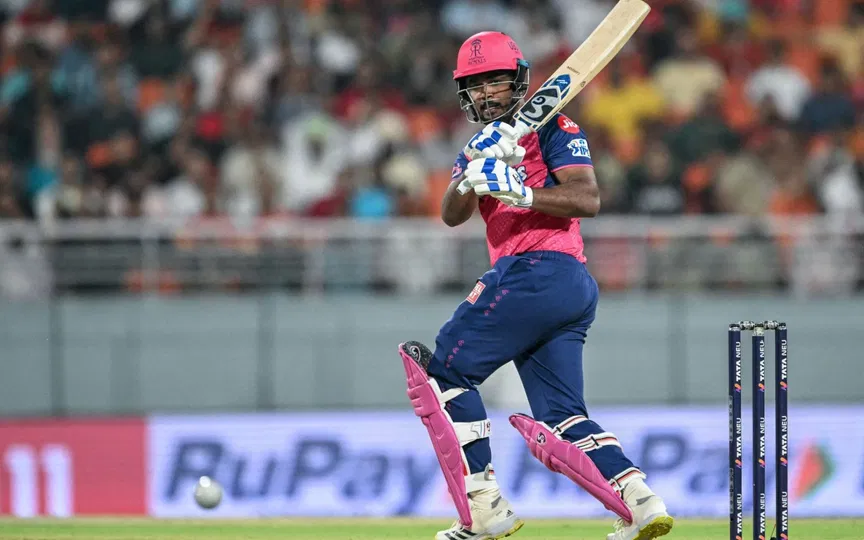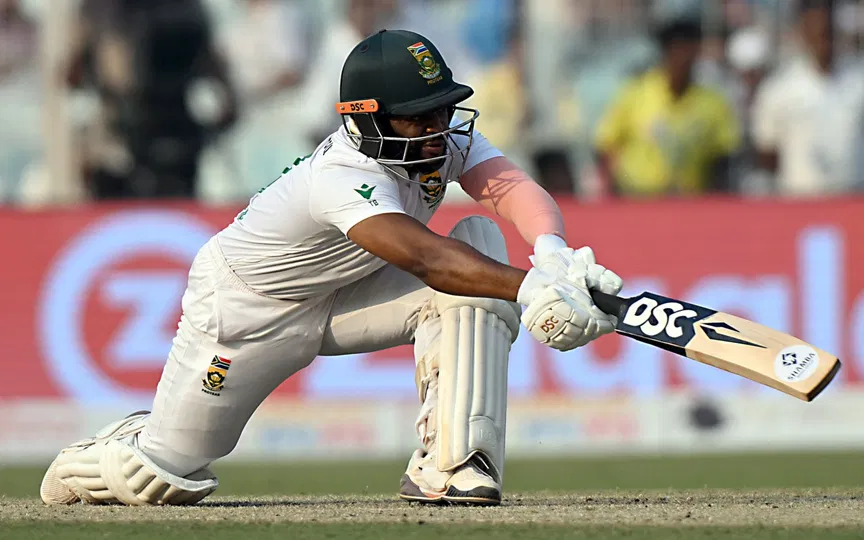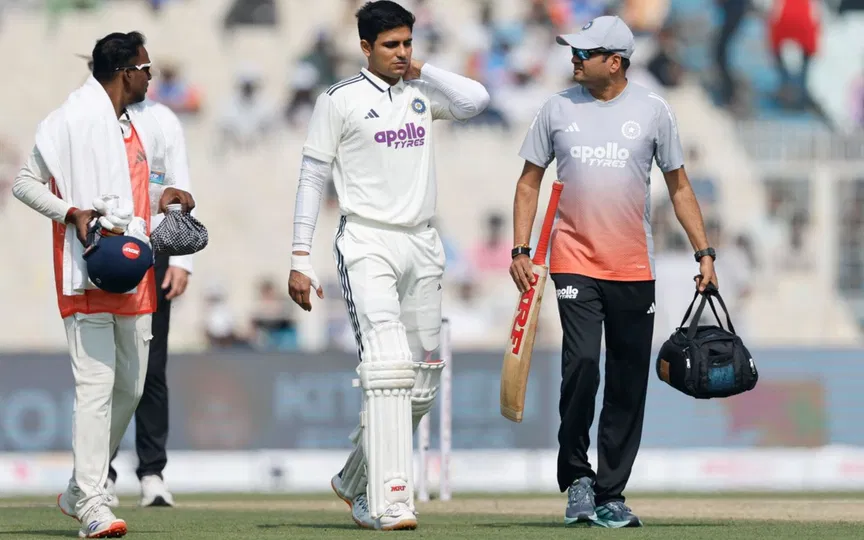 MS Dhoni and Virat Kohli with IPL trophy (source: @Sivy_Raina3, @mostlykohli/X)
MS Dhoni and Virat Kohli with IPL trophy (source: @Sivy_Raina3, @mostlykohli/X)
The Indian Premier League (IPL) is the biggest and best franchise cricket league in the world. Started in 2008, the league has evolved over the years in different aspects.
The IPL is quite unique compared to other sports leagues like the NFL, NBA, or the football leagues. While no league is similar, the IPL functions very differently. The way the players are picked up by the teams in the IPL, i.e., the auction, is a unique method.
Trading players during the window is not a normal thing in the IPL and apart from all these, there are many things that make the IPL different from other sporting/franchise leagues.
But in the last few years, there have been big changes in the IPL - the way the league functions and how teams approach things. We’ll talk about how the league has evolved over the years.
Increased player trades in the IPL
In the first season (2008), player trading was not a concept in the Indian Premier League. The first real trade happened in the second season in 2009 when the Mumbai Indians traded Shikhar Dhawan for Ashish Nehra from the Delhi Daredevils (now Delhi Capitals).
It’s not that there were no trades happening earlier in the league, but now it has changed; there are many big trades or player swaps that happen in the IPL.
The biggest example being Ravindra Jadeja traded to Rajasthan Royals for Sanju Samson. Chennai Super Kings are not known for being involved in player trades and all, and for them to trade a big and successful player like Jadeja shows that the teams have started thinking differently.
Similarly, Hardik Pandya came back to the Mumbai Indians from the Gujarat Titans.
The current IPL trading window was the biggest and busiest ever in the history of the league, as many teams were involved in trading players.
Earlier teams were hesitant to trade players and mainly depended on auctions to build their squads, but from this season, considering the magnitude of the trades, it is evident that the IPL franchises are focusing more on trading players.
Changing approach from IPL franchises and players
Earlier, big players, once they got picked by a team, never usually changed franchises or got into auctions. Or even for captaincy, if a big player became the captain of a franchise, they rarely got removed from their position.
But in the last few years, we’ve seen how this has changed. Rohit Sharma was sacked as MI’s captain, despite winning 5 titles.
MS Dhoni also stepped down as CSK’s captain after 2021, and Ravindra Jadeja was appointed as the skipper, but he was then removed mid-season, and after that Ruturaj Gaikwad was appointed as CSK’s captain.
Another interesting development is big players wanting to change franchises or go into the auction. KL Rahul and Rishabh Pant left Lucknow Super Giants and Delhi Capitals, respectively.
Both franchises and players have started prioritizing what they think is best for them rather than taking emotional decisions.
Another great example of that is the rumors that the Chennai Super Kings are expected to release Matheesha Pathirana, who was very highly rated by the franchise when he came to the scene.
Brand value matters in the IPL
Despite all this, brand value still matters a lot in the league. A great example of that is Rishabh Pant becoming the captain of the Lucknow Super Giants. Pant’s captaincy record for the Delhi Capitals was poor, but LSG still made him the captain, as he’s a big face in Indian cricket.
.jpg?type=mq) Rishabh Pant celebrating his century in the IPL (source: @TheCricketPanda/X)
Rishabh Pant celebrating his century in the IPL (source: @TheCricketPanda/X)
MS Dhoni has been the face for CSK over the years, and the franchise is now desperately trying to find someone to replace Dhoni as the face of the franchise. Trading in Sanju Samson can be a step in that direction.
Even now, players who have bigger brand value will be made captain of the franchise. Whether it’s a good thing or not is another story.
But in recent times there has been a shift in this approach. Players like Ruturaj Gaikwad, Rajat Patidar, Axar Patel, etc., are leading their respective franchises in the Indian Premier League.
Increased use of data, matchups and tactics
Earlier use of data and match-ups was not given a priority in the IPL but in the last few years it has taken a pivotal role for every franchise. Every side has a dedicated data analyst or a team analyst.
Data analysis has now become a key factor in franchises deciding which players to pick from the auction or release from the squad.
Be it Rajasthan Royals saving overs for Dhoni and Jadeja towards the end of the innings when both are considered to struggle against hitting spin or starting with a bowler who has a good matchup against any batter, it is quite evident that the league and the franchises have evolved in this regard.
These are some of the broader aspects where the Indian Premier League has evolved as a franchise cricket league.
Teams have started scouting better and more intensively for new talents; the other T20 leagues or the domestic T20 leagues have become a hub for the franchises to scout players for their franchises.
The addition of the impact player rule, more teams, and professionalism amongst the franchises have made the whole IPL experience very engaging for fans and players. Not to mention the continuous innovation in technology and rules.
The IPL will only grow from here on and it will be interesting to see, as fans, what other changes the future holds.
.jpg)

.jpg?type=mq)



